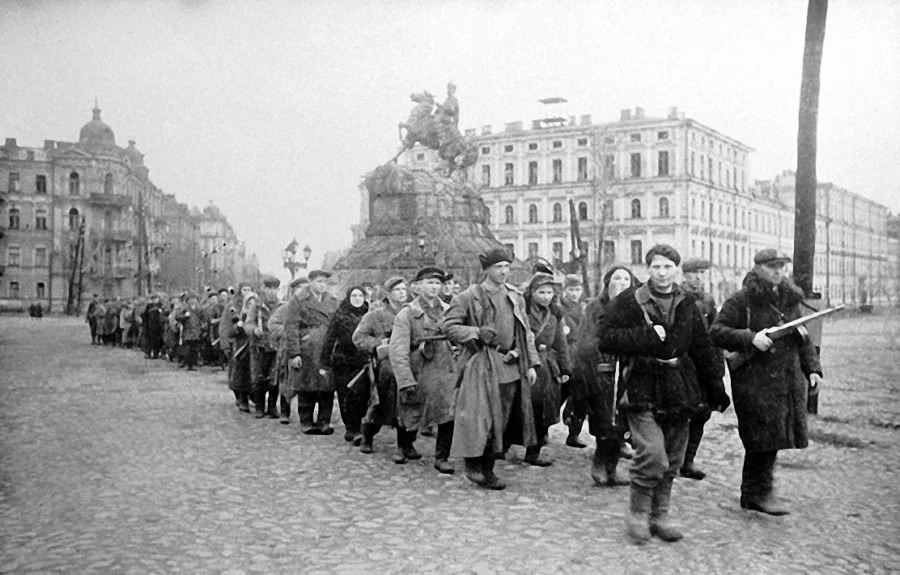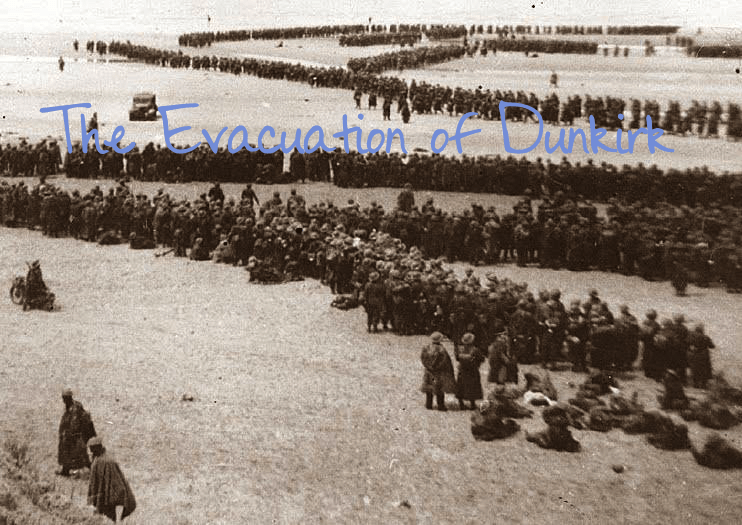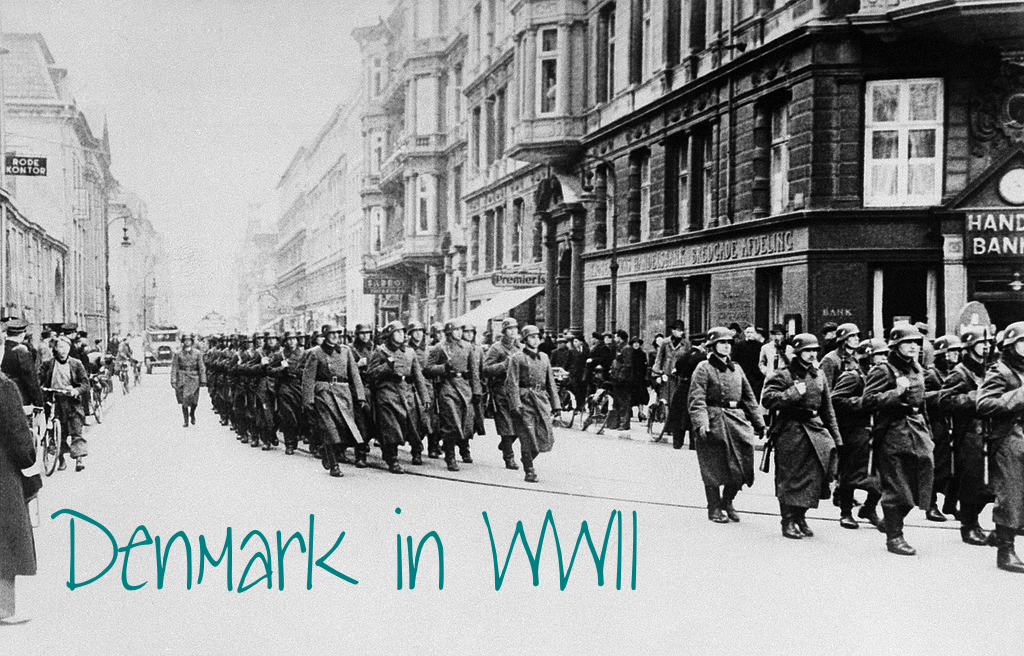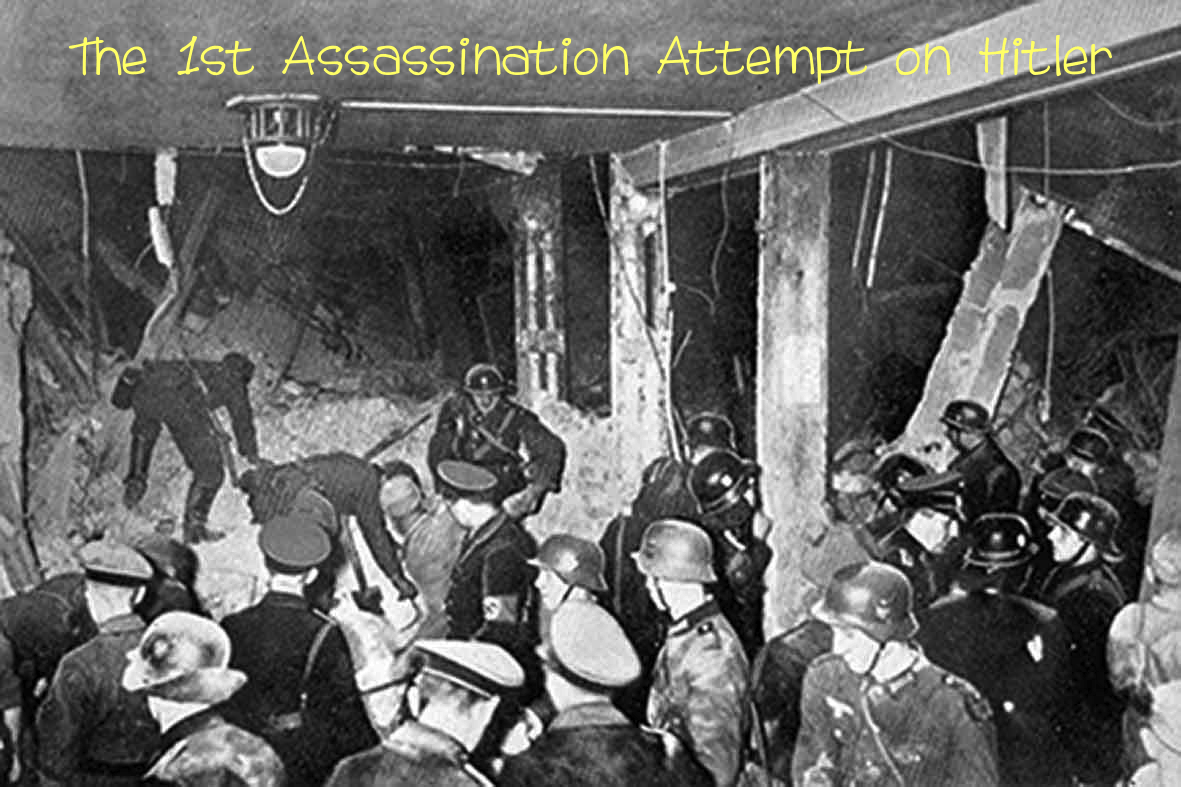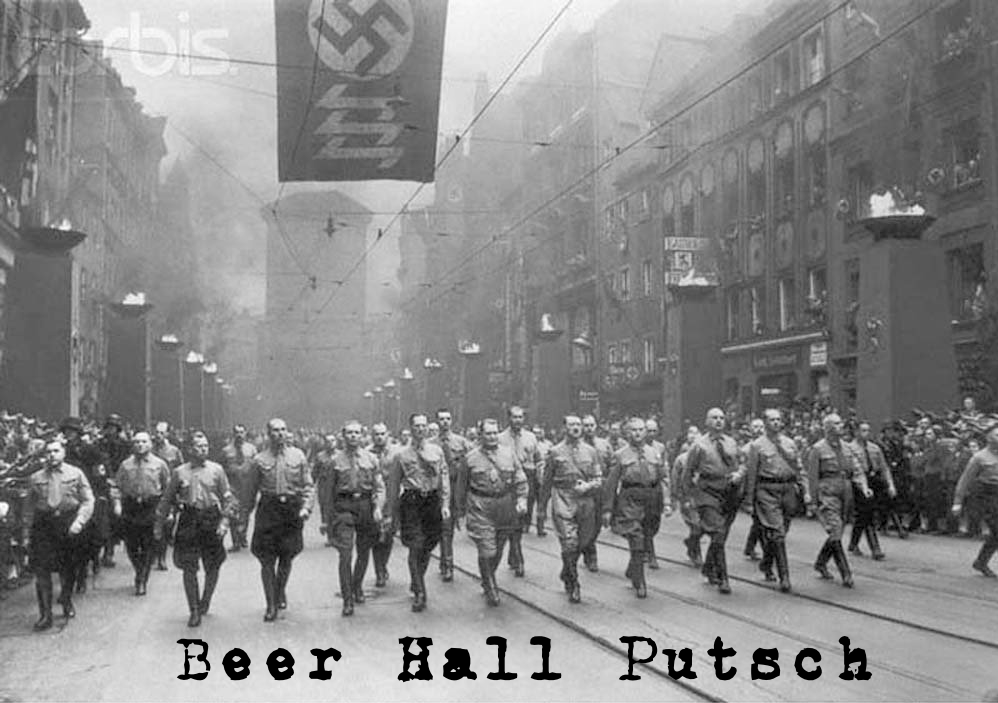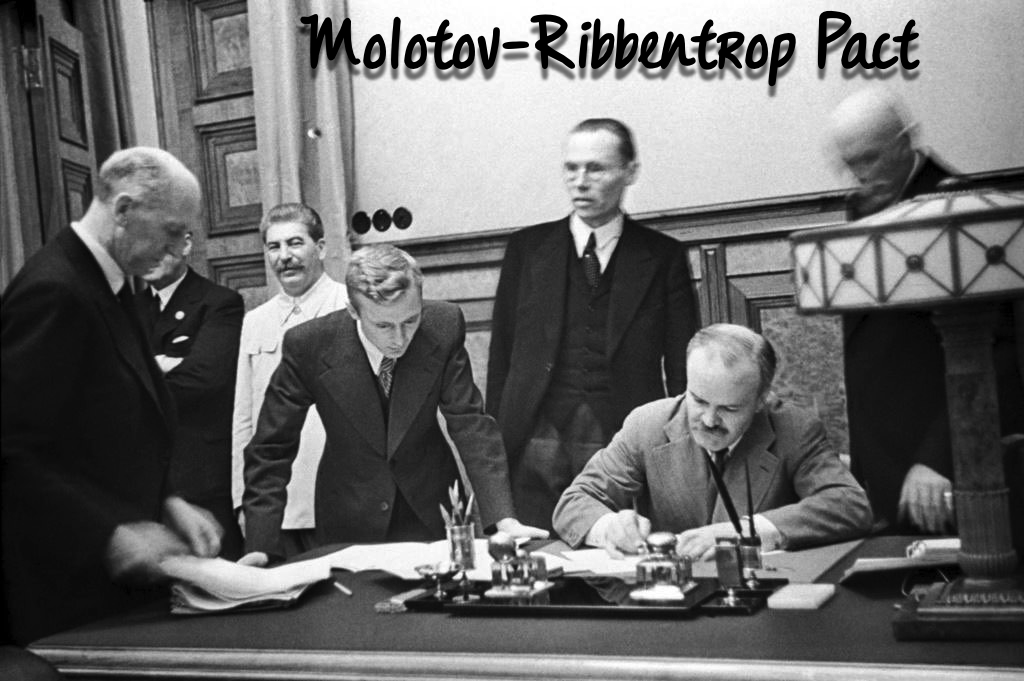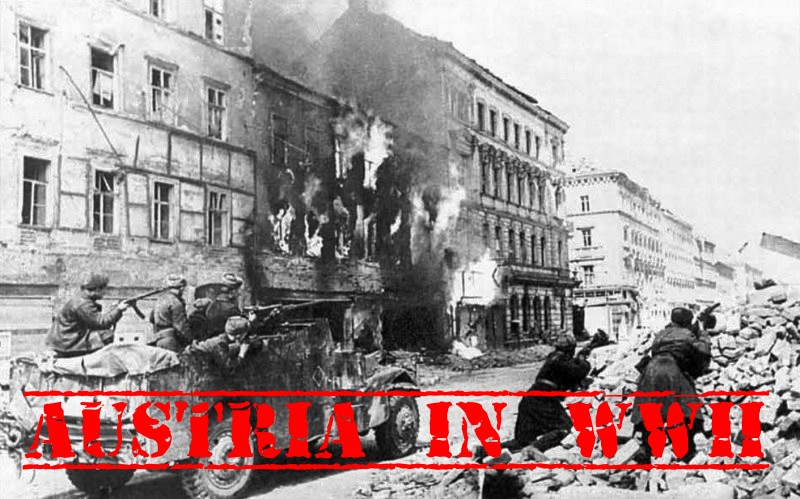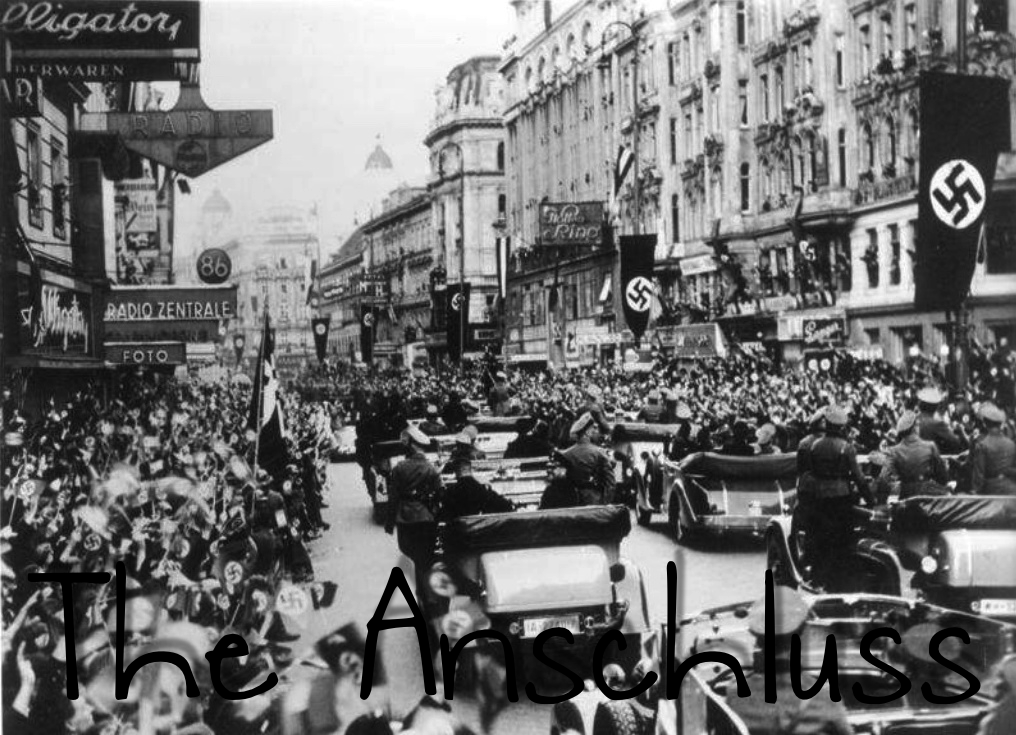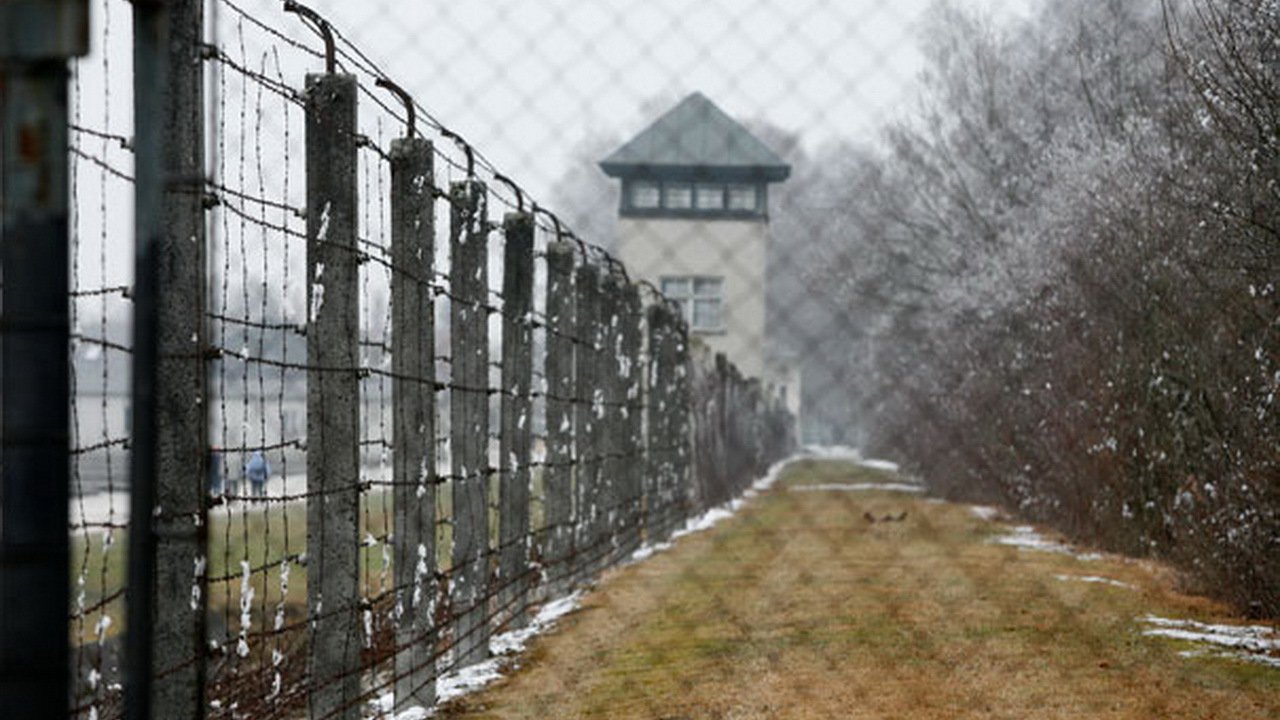WWII in Ukraine
WWII in Ukraine [Pictures, as always, taken from goodreads.com] Description: This is one of those books that follows several main protagonists. For myself, I find… Read More »WWII in Ukraine
WWII in Ukraine [Pictures, as always, taken from goodreads.com] Description: This is one of those books that follows several main protagonists. For myself, I find… Read More »WWII in Ukraine
The Evacuation of Dunkirk “So long as the English tongue survives, the word Dunkirk will be spoken with reverence. In that harbour, such a… Read More »The Evacuation of Dunkirk
Denmark in WWII On April 9, 1940, Denmark was invaded by German. Prior to this, they had been rescuing people from other occupied… Read More »Denmark in WWII
The 1st Assassination Attempt on Hitler On the 16th anniversary of the Beer Hall Putsh, Hitler made a special speech to the Old Guard… Read More »The 1st Assassination Attempt on Hitler
The September Campaign On September 1, 1939, the Axis Powers launched the September Campaign – their invasion of Poland. Over a million and… Read More »The September Campaign
Today in History: October 8, 1923 – Beer Hall Putsch The Beer Hall Putsch is mentioned time and again in the Prisoner of Night and… Read More »Today in History: October 8, 1923 – Beer Hall Putsch
Molotov-Ribbentrop Pact This topic has, admittedly, been touched on in a post about Operation Barbarossa(or will be, in this case). However, I felt a personal need… Read More »Molotov-Ribbentrop Pact
Austria in WWII Admittedly, this is a repost. But, when I decided to try reading a book for each occupied country, well, I realized it… Read More »Austria in WWII
The Anschluss A little late, admittedly, but I feel like things are (at least starting to get) back on track!! On March 12, 1938,… Read More »The Anschluss
Dachau Concentration Camp “The first concentration camp for political prisoners.” ~ Himmler Dachau Concentration Camp was the first Nazi concentration camp. It opened… Read More »Dachau Concentration Camp
